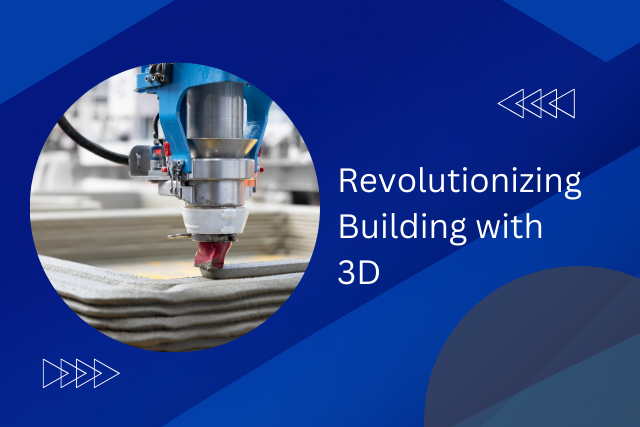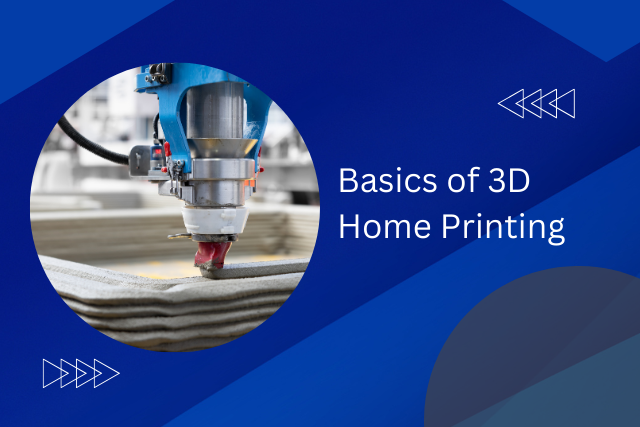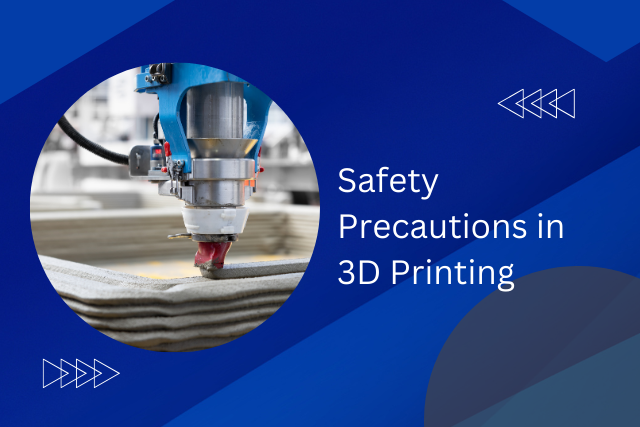In the world of smart homes, 3D printed construction is a new way to build houses that brings cool features. These houses have walls that can control temperature, making the inside feel just right. They also have smart systems that learn how you live and get better at saving energy. Plus, they’re good for the planet because they’re built in a way that’s not harmful to the environment. These changes are big because they not only change how houses are made but also how they work with people and nature. To really understand how big of a deal this is, we need to look at how technology and design work together in these homes.
Temperature-Regulating Walls
Using 3D printing, temperature-regulating walls are a big step forward in smart home technology. They help control the temperature inside homes very well, making it more comfortable to live in while using less energy.
These walls are made with special materials that respond to temperature changes outside. If it’s cold, they help keep the house warm. If it’s hot, they help cool the house down. This means homes can stay comfortable without having to rely so much on heaters or air conditioners.
The cool thing about using 3D printing to make these walls is that it makes building houses faster and gives designers the freedom to create really unique and beautiful homes. These homes are not only nice to look at but are also very good at making living spaces more comfortable in a smart way.
In short, temperature-regulating walls show how using new technology like 3D printing can help make homes that look great, are comfortable to live in, and use less energy.
Self-Learning Smart Systems
Self-learning smart systems in 3D printed homes are changing how we live. They learn from what we do every day to make our homes more comfortable and easy to live in. These systems use sensors and machine learning to figure out what we need, making things like lights, heating, and security work automatically to make life better for us.
- Adaptive Lighting: Changes light brightness and color depending on the time and what you’re doing. For example, making lights dimmer when watching a movie.
- Predictive Heating/Cooling: Adjusts the home’s temperature based on the weather and how you live, like making it warmer on cold mornings.
- Automated Security: Gets better at spotting dangers on its own and does things like locking doors when no one is home.
These smart systems make living at home feel like the future. They know what we need and help us by doing things on their own, so we don’t have to worry about small tasks. This new way of living lets us focus on more important things. It’s a big step towards homes that really understand and meet our personal needs.
Sustainability-Enhancing Features
3D printed homes are now made with special features to help the environment and save energy. These houses use new building methods and materials that are good for the earth. They last a long time and help keep our planet healthy. These homes have solar panels on the roof to make electricity from sunlight. They also use special insulation that keeps the house warm or cool by itself, which means less need for heaters or air conditioners.
Saving water is very important too. These houses have systems to collect rainwater and use it again for watering plants and for toilets, which helps use less water. They also build these homes with materials that can break down naturally or are recycled, making them better for the environment.
These homes also have green spaces inside and around them. This means more plants and nature for people to enjoy, which is good for the earth and makes living there nicer. This way of building homes is focused on helping the environment and making life better for people. It shows a new way of making houses that don’t harm the planet.
Conclusion
In conclusion, using 3D printed construction in smart homes makes homes better in many ways. It helps save energy and is good for the planet. With temperature-regulating walls, homes can keep a comfortable temperature on their own. Self-learning systems help the home learn and adjust to make living there even better. And, features that help the environment show how building homes can change for the better. These new ways of building homes are making them more suited to our needs, use less energy, and work better with nature.






